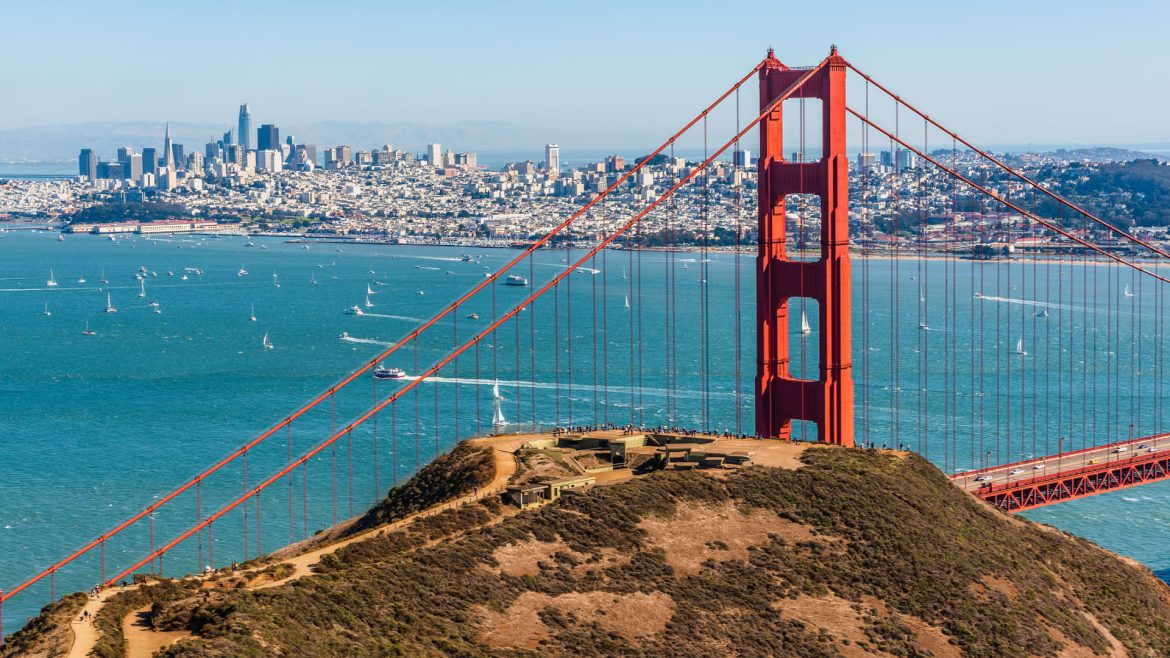The United States’ Dominance in Global Wealth: A Deep Dive into Millionaires and Billionaires in 2024-2025
Introduction: A Wealthy Giant on the World Stage
In recent years, the U.S. has maintained an unparalleled position as the global epicenter for extreme wealth. As of 2024 and continuing into 2025, data from a variety of sources reveal that the United States houses roughly a third of the world’s millionaires and billionaires. With tens of thousands of centimillionaires and more than 860 billionaires, the nation exceeds other countries like China by a wide margin in the concentration of ultra-wealthy individuals. This phenomenon reflects broader economic dynamics, investment climates, market recoveries, and social implications that warrant close examination.
The Numbers Behind the Wealth
Millionaires and Centimillionaires
The U.S. has approximately 5.5 million millionaires—individuals possessing at least one million dollars in investable assets—dominating the global millionaire population. Among these affluent groups, centimillionaires (those with $100 million or more) stand out. There are over 10,800 centimillionaires in the U.S., exceeding China’s figure by more than four times, as China accounts for roughly 2,300 in this category. This discrepancy underscores the U.S.’s role not only in fostering wealth creation but in sustaining extraordinary levels of personal fortunes.
Billionaire Concentration
Focusing on billionaires, the U.S. stands out with numbers reported between 762 and over 860 individuals who have reached this elite threshold. The distribution and growth rates of these billionaires surpass those of other nations, with China trailing at about 473 according to Forbes’ 2023 and 2024 reporting cycles. Notably, despite fluctuations that saw some billionaires lose net worth due to global stock downturns, overall wealth accumulation in America’s billionaire class remains robust. For example, U.S. billionaires amassed $5.8 trillion collectively, which accounted for more than 40% of the world’s billionaire wealth—a staggering figure signaling not just quantity but quality in wealth retention and growth.
Geographical and Urban Wealth Hubs
Wealth in the United States is heavily concentrated in major metropolitan areas. New York City leads with 744 centimillionaires, followed closely by the Bay Area with 675, alongside Los Angeles and other key financial and tech centers. These urban hubs facilitate wealth through technology, finance, entertainment, and entrepreneurship, continually attracting investment and talent. This urban clustering of wealth creates a network effect, wherein the rich contribute to creating opportunities that further feed wealth creation cycles within these cities.
Factors Underlying U.S. Wealth Dominance
Economic Environment and Capital Markets
The American economy’s size, market sophistication, and entrepreneurial culture create fertile ground for wealth accumulation. The stock market, technology innovation, and venture capital ecosystems are particularly influential. While other countries such as China have grown rapidly, their stronger regulatory environment and restrictions on certain sectors sometimes inhibit wealth growth compared to the freer financial regimes in the U.S.
Entrepreneurship and Innovation
Leading names like Elon Musk, Jeff Bezos, and Mark Zuckerberg exemplify the innovation-driven nature of U.S. wealth. These figures, and others in technology and finance, have amassed fortunes through disruptive business models and scalable technologies. Additionally, the promise of becoming the “first trillionaire” exemplifies the aspirations and potential unprecedented in scale within the U.S. market.
Resilience Amid Global Challenges
Despite global economic challenges, including inflation, stock market volatility, and geopolitical uncertainties, U.S. billionaires have remained resilient, often increasing their net worth. This phenomenon partly results from American companies’ dominant positions in global markets and their ability to innovate and adapt to changing economic landscapes quickly.
Social and Economic Implications
Wealth Inequality and Public Perceptions
The vast wealth accumulation in a small segment of the population has accentuated economic disparities. Reports indicate that the richest 1% in the U.S. control wealth amounts far exceeding the rest of the population combined in many cases. Such disproportionate wealth concentration sparks debate on social equity, taxation, and economic mobility. Almost a third of millionaires self-identify as middle class, highlighting an interesting social dynamic in wealth perception.
Policy Response and Global Cooperation
In response to rising wealth inequality, there are coordinated efforts internationally to rethink taxation on the ultra-rich. The G20 finance ministers have agreed to collaborate on more equitable wealth taxation policies. Estimates suggest a modest tax on multi-millionaires and billionaires could generate trillions in revenue to address poverty and social welfare globally.
The Wealth Landscape Moving Forward
The U.S. wealth dominance looks set to continue, driven by innovation, capital markets, and economic scale. However, cracks such as concerns over market accessibility, taxation fairness, and social stratification present potential challenges. Urban wealth hubs could face pressures related to housing, education, and infrastructure due to concentrated capital inflows. Meanwhile, early signs of billionaire fortunes occasionally contracting during global market stresses suggest that absolute growth is not guaranteed.
Conclusion: The U.S. Wealth Phenomenon — A Complex Narrative
The United States’ role as the treasury of the world’s richest individuals is unmistakable. Housing roughly one-third of all millionaires and billionaires, the nation exemplifies the extraordinary concentration of wealth generated by a complex interplay of economic, social, and technological factors. This dominance is both a testament to American entrepreneurial spirit and economic environments that foster wealth creation. Yet, it also raises profound questions about wealth distribution, social equity, and the responsibilities that come with such affluence. Understanding this landscape requires balancing admiration for achievement with awareness of broader societal impacts, ensuring that future policy and economic directions address the multifaceted nature of wealth in America.





